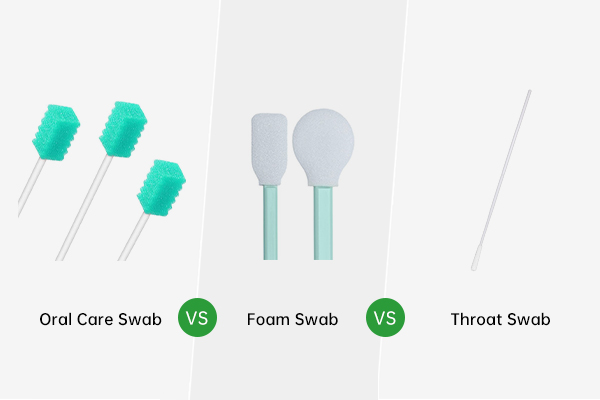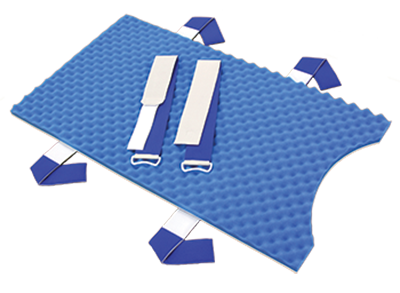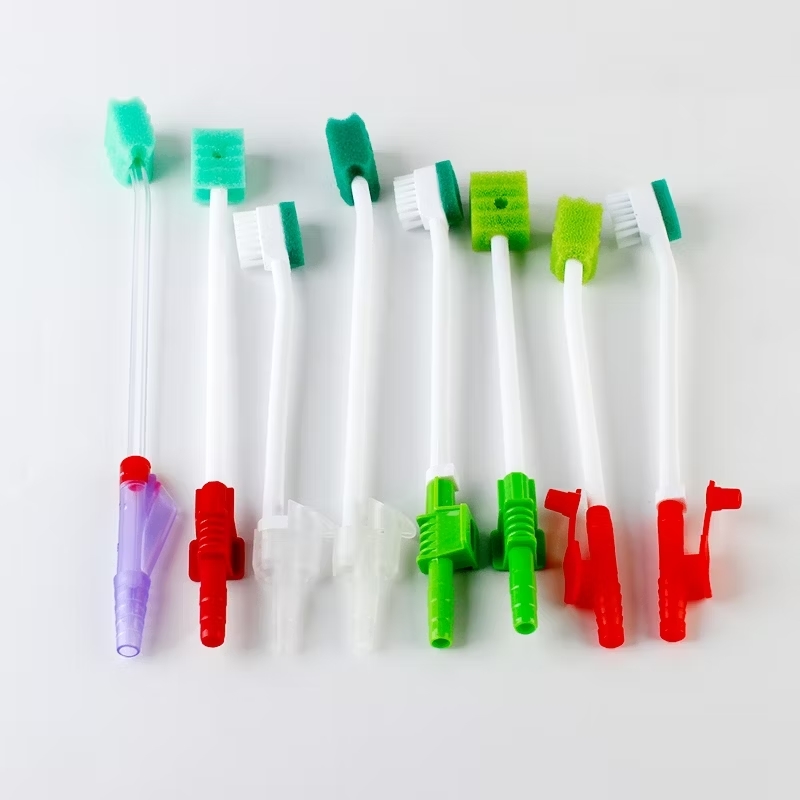When hospitals make purchasing decisions for patient comfort, care, and safety, cost-effectiveness goes beyond the initial price. A thorough evaluation of long-term costs, benefits, and patient outcomes is crucial for ensuring clinical and financial value.
This guide covers key factors in purchasing positioning pads, focusing on ROI through initial investment, maintenance costs, and patient outcomes to help you make an informed, beneficial choice for your healthcare facility.
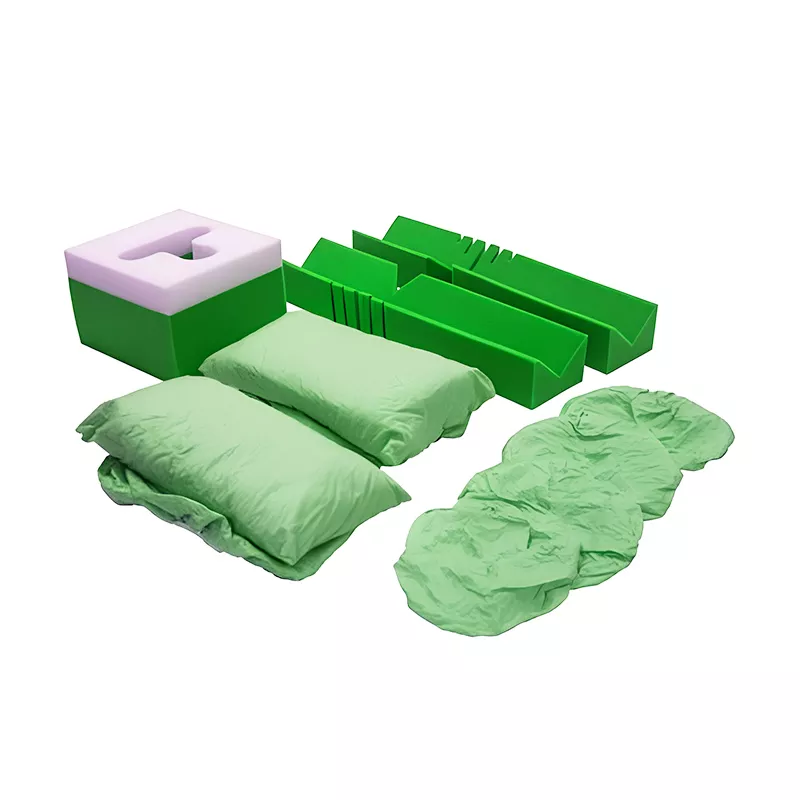
Understanding Positioning Pads and Their Role in Patient Care
Positioning pads are used in a wide range of medical settings to support patients during surgeries, diagnostic procedures, and rehabilitation. These pads are designed to stabilize patients in specific positions, providing comfort, reducing pressure points, and preventing injury. In critical care and post-operative settings, positioning pads are vital for ensuring that patients are supported safely and effectively during their recovery.
Key Functions of Positioning Pads:
- Providing optimal alignment to prevent pressure ulcers or bedsores.
- Supporting patient comfort during long surgical procedures.
- Helping with musculoskeletal alignment to reduce strain or discomfort.
- Ensuring safety during patient movement or transfer.
Given their widespread use, positioning pads come in various materials, designs, and configurations. These can include foam, gel, air, and hybrid models. The most appropriate choice depends on the specific needs of your facility, including patient demographics, types of procedures, and usage frequency.
Evaluating the Initial Investment
The initial purchase cost is often the most straightforward aspect of any acquisition, but it does not necessarily reflect the total cost over time. Evaluating the upfront cost of positioning pads includes understanding the following:
Material Quality
Different materials used in positioning pads come with varying price tags, but higher-quality materials often provide superior performance and durability. For example:
- Foam Pads: Typically less expensive, but it may decay more quickly and require replacement sooner.
- Gel Pads: More durable and provide better pressure distribution but come with a higher initial cost.
- Hybrid Pads: Offer a combination of gel and foam, often providing the best of both worlds but come at a premium price.
Pad Size and Design
Larger and more complex pads (e.g., those with adjustable positions or specialized designs for different procedures) will typically cost more upfront. Standard pads designed for general use are usually less expensive than those tailored for specific surgeries or conditions.
Vendor and Brand Reputation
Renowned brands with a long track record of quality often charge a premium for their products. However, purchasing from trusted manufacturers may lead to better warranties, more reliable products, and superior customer service, potentially saving costs in the long run.
Quantity Purchased
Purchasing in bulk can reduce the unit cost of each pad. However, this requires careful planning to ensure that the hospital has adequate storage space and that the products will be used before their shelf life expires.
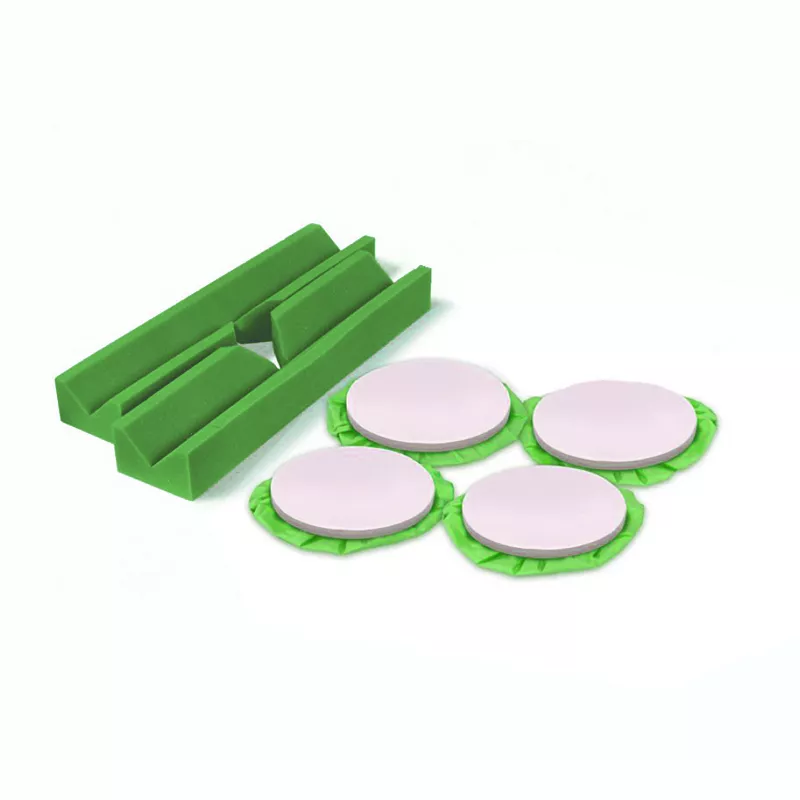
Analyzing Maintenance Costs
Once the initial purchase has been made, it is important to assess the ongoing costs involved in maintaining the positioning pads. These include both direct and indirect maintenance costs, which can add up over time.
Cleaning and Sanitization
To uphold hygienic standards and avoid bacterial accumulation, positioning pads must be cleaned on a regular basis. Pads made of non-porous materials (e.g., vinyl-coated foam) are easier to clean and disinfect but may wear out more quickly with repeated cleaning cycles.
Cleaning Protocols:
- Daily or after-use cleaning: Some pads may need cleaning after each use, especially if used in operating rooms or intensive care settings.
- Material degradation: Excessive washing can cause certain materials, such as foam or gel, to break down over time.
Repairs and Replacement
Frequent repairs or replacements can significantly increase long-term costs. Pads that lose their shape, support, or safety features may need to be replaced prematurely. Striking a balance between longevity and cost reductions is essential. In the long term, high-quality materials offer better value because they often last longer and need fewer replacements.
Warranty and Service Contracts
Some manufacturers offer service agreements or extended warranties for their products. These agreements can include free replacements, repairs, or inspections, which can reduce unforeseen maintenance costs and help manage budgets.
Effect on Clinical Results and Patient Prognosis
The influence of positioning pads on patient outcomes is the most crucial component of their efficacy. High-quality positioning pads can improve clinical outcomes and reduce costs related to patient complications.
Preventing Pressure Ulcers and Bedsores
Bedsores, another name for pressure ulcers, are a serious problem in hospitals, especially for patients who are immobilized for long periods of time. By providing adequate pressure relief and body support, positioning pads can reduce the risk of these painful and costly complications.
Impact of Pressure Ulcers on Healthcare Costs:
- Increased hospital stays: Treatment for pressure ulcers often requires additional medical attention, leading to longer hospitalizations.
- Additional treatments: Managing pressure ulcers may require specialized dressings, antibiotics, or even surgical interventions.
Enhancing Post-Surgical Recovery
Positioning pads can help optimize post-surgical recovery by supporting the body’s natural alignment and reducing discomfort. This can lead to:
- Reduced pain: A well-positioned patient is less likely to experience unnecessary strain or pain.
- Faster recovery: By minimizing pressure points, patients may experience fewer complications, leading to a quicker recovery and a shorter stay in the hospital.
Improved Patient Safety
Pads that provide stability and comfort reduce the risk of falls or dislodgement during surgical procedures or transfers. This not only ensures better patient safety but also reduces liability for the hospital.
Impact on Staff Efficiency
When positioning pads are easy to use and maintain, hospital staff can focus more on providing direct patient care rather than dealing with equipment issues. This boosts overall productivity and allows hospitals to allocate their resources more effectively.
Return on Investment (ROI) Considerations
To determine the cost-effectiveness of positioning pads, hospitals should calculate the return on investment (ROI) from a financial perspective. This is done by comparing the overall costs to the benefits received over the product’s lifespan.
ROI Formula for Positioning Pads
ROI can be calculated using the following formula:
ROI= (Total Benefit−Total Cost) / Total Cost×100
Total Benefits may include:
- Reduced patient complications (e.g., fewer pressure ulcers or falls)
- Improved patient outcomes and satisfaction
- Reduced hospital length of stay
- Fewer staff injuries related to improper positioning
Total Costs include:
- Initial investment
- Maintenance costs (e.g., cleaning, replacement)
- Training costs for staff on the use of positioning pads
Breaking Down the ROI from Different Dimensions
We can break down ROI from different perspectives:
| Factor | Low-Cost Pads | High-Cost Pads |
| Initial Investment | Lower upfront costs | Higher upfront costs |
| Maintenance Costs | Higher due to quicker wear and tear | Lower due to a longer lifespan |
| Patient Safety | Potentially higher risk of pressure ulcers | Reduced risk of pressure ulcers |
| Patient Recovery | Slower recovery due to discomfort | Faster recovery and fewer complications |
| Staff Efficiency | Increased time spent on patient repositioning | Reduced staff time, more efficient care |
Long-Term Cost Savings
While high-quality pads have a higher initial cost, they can provide long-term savings due to reduced maintenance costs, fewer patient complications, and improved recovery times. They are therefore a prudent investment in the overall budget for healthcare.
Conclusion: Balancing Cost and Quality
In conclusion, purchasing positioning pads should go beyond the initial price. By considering maintenance, patient safety, and clinical outcomes, hospitals can make cost-effective decisions. Though higher-quality pads may have higher upfront costs, their durability and benefits in recovery and complication prevention lead to long-term savings. Healthcare facilities should balance short-term needs with long-term benefits to optimize both patient outcomes and budgets.


